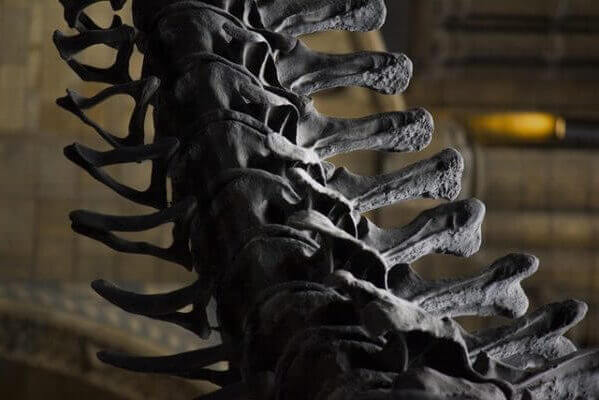Cutting-edge X-ray technology is providing researchers with unprecedented insights into the ancient world of dinosaurs. On World Dinosaur Day, scientists are unveiling the hidden secrets of the Harbury Ichthyosaur, a marine reptile that inhabited Earth millions of years ago, using advanced X-ray imaging techniques and 3D reconstruction.
The Centre for Imaging, Metrology, and Additive Technologies (CiMAT) at the University of Warwick has employed state-of-the-art equipment to explore the anatomy and biology of the Harbury Ichthyosaur. Through collaboration with palaeontologists across the UK, Dr. Paul Wilson from CiMAT, together with Dr. Ali Wells, a curator at the Herbert Art Gallery & Museum, aims to deepen our understanding of this species and advance our knowledge of dinosaur physiology and evolution.
Dr. Wilson emphasizes the significance of X-ray computed tomography (CT) in the study of dinosaurs, stating, “X-ray CT allows us to really dive into what lies beneath the surface of prized fossil specimens like this. What would take skilled preparator years of back-breaking work can be effortlessly unveiled and provide palaeontologists and evolutionary biologists the chance to further explore the evolutionary biology of marine reptiles. It’s just like opening a very ancient, heavy birthday present!”
The University of Warwick’s commitment to dinosaur research extends beyond the scientific realm. Through collaborations with local artists, researchers, and museums, the university aims to create an inclusive and vibrant environment that nurtures creativity and curiosity. On-campus exhibitions, lectures, and workshops provide students and the wider community with opportunities to engage with palaeontology and ignite their passion for the prehistoric world.
By conducting innovative research at the Centre for Imaging, Metrology, and Additive Technologies, WMG at the University of Warwick not only pays homage to the past but also paves the way for the future. The university is unraveling the secrets of ancient life, one scan at a time.
Meanwhile, Coventry finds itself caught in a prehistoric fever, with the Herbert Art Gallery & Museum taking center stage. The arrival of Dippy, a 70-foot-long cast of a Diplodocus skeleton, as part of its grand tour across the UK, has turned the museum into a bustling hub of activity. Visitors from far and wide are captivated by Dippy’s immense presence and remarkable history. This plant-eating dinosaur roamed the Earth over 150 million years ago, and its presence in Coventry has rekindled interest in these majestic creatures, inviting visitors to delve into the world of paleontology and contemplate the mysteries of our planet’s ancient past.
The University of Warwick has also embraced the dinosaur theme, adorning its campus with awe-inspiring sculptures that ignite the imagination. These striking corten steel sculptures, measuring more than eight meters in length and towering up to seven meters high, resemble oversized children’s model-making kits. The project, the first large-scale outdoor sculpture by Jake and Dinos Chapman, evokes a sense of both clumsiness and endearment.

